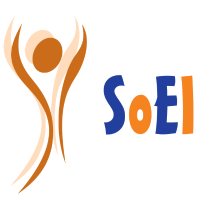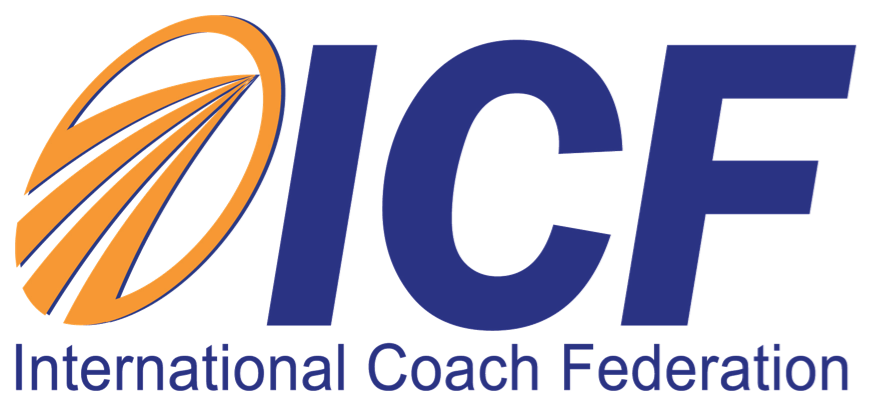Management Monday: Heard of “Multitasking?” What about managing the Multi-Scramble?
The latest technology breakdowns shut down trading on the Nasdaq market and it’s more than 3,000 stocks — including some of the most popular among investors, like Apple and Google — for more than three hours Thursday afternoon. This goes to show, even computers can’t multi-task.

© Copyright 2000, The Nasdaq Stock Market, Inc.
Reprinted with the permission of The Nasdaq Stock Market, Inc.
Photo credit: Peter Aaron/Esto
According to the NY Times, brokers scrambling to trade elsewhere discovered they couldn’t complete trades without the input from Nasdaq.
With the advents of technology, most believe that we are able to accomplish more. Although partly true, the reality is accomplishment is an addiction (literally as we will talk about below) and with the increased ability to do more, the bar for doing more also increases. Multi-tasking is a great selling point on job applications, but is effectiveness in fact positively correlated with multi-tasking. For many years the psychology research has shown that people can only attend to one task at a time. The research shows that people can attend to only one cognitive task at a time. So you can be talking or you can be reading. You can be reading or you can be typing. You can be listening or you can be reading: one thing at a time. What to us may seem like multi-tasking, is actually scrambling, which is switching back and forth quickly.
Even tasks at which we have become proficient at, such as walking could come to a halt, with distracters. A study showed that people talking on their cell phones while walking, ran into people more often and didn’t notice significant stimuli around them such as a clown riding a unicycle. A study at Stanford University demonstrated well that multi-tasking doesn’t even work, with college students whom most assume as “techi millenials. Clifford Nass’s study (published in August of 2009 in the Proceedings of the National Academy of Sciences), found that when people are asked to deal with multiple streams of information they can’t pay attention to them, can’t remember as well, and don’t switch as well as they would have thought.
So how does this help you?
Well for one, it confirms the ordeal of work-life balance in that to be successful at both arenas, you are much more better off, to do one thing at a time. This takes me to my next point. Do you ever feel like you are addicted to email or twitter or texting? Do you find it impossible to ignore technology; can’t avoid email if you see that there are messages in your inbox? Have you ever gone to Google to look up some information and 30 minutes later you realize that you’ve been reading and linking, and searching around for a long time, and you are now searching for something totally different than before? These are all examples of what I call your “addictive brain”. That’s right, the addictive personality you may have already heard of, and hoped you didn’t have. But you are not immune to an addictive brain.
Neuro scientists have been studying what they call the dopamine system for a while. As a neurotransmitter dopamine is created in various parts of the brain and is critical in all sorts of brain functions, including thinking, moving, sleeping, mood, attention, and motivation, seeking and reward. You may have heard that dopamine controls the “pleasure” systems of the brain: that dopamine makes you feel enjoyment, pleasure, and therefore motivates you to seek out certain behaviors, such as food, sex, and drugs. However, according to the latest research this view is only part of the whole picture. The latest research shows that dopamine causes seeking behavior. Dopamine causes us to want, desire, seek out, and search. It increases our general level of arousal and our goal-directed behavior and that has tons of evolutionary purposes. It’s not just about physical needs such as food, or sex, but also about abstract concepts. Dopamine makes us curious about ideas and fuels our searching for information. With the internet, twitter, and texting, we now have instant gratification of our desire to seek. Want to talk to someone right away? Send a text and they respond in a few seconds. Want to look up some information? Just type it into Google. Want to express your thoughts about an organization, go to Twitter or Facebook. This is the dopamine cycle. It starts us seeking, we get rewarded for the seeking behavior, and that makes us seek farther. As a result, it becomes harder and harder to stop looking at email, stop texting, stop checking our cell phones to see if we have a message or a new text.
More mind boggling is the fact that Brain scan research shows that our brains show more stimulation and activity when we anticipate a reward than when we get one. This constant stimulation of the dopamine system can be exhausting. We are getting caught in an endless loop of stimulation. Which explains the steady increase of sleep enhancing drugs such as Lunesta over the past two decades.
What’s in it for you? Workforce engagement, productivity, and employee effectiveness. Getting stuck behind a screen on a desk means not having socialization and networking time. You want effective decision-making? Break down the day, and use schedules for all necessary tasks, with careful attention to removing distracters, including the use of electronic devices. Just because you are at your desk, behind your computer, it doesn’t mean you are being effective.





